List of Seasonal Autumn Foods: Vegetables, Fruits, Fish, and More
As autumn arrives, our dining tables become enriched with seasonal ingredients. Japan, blessed with abundant natural beauty, offers a variety of dishes that feature ingredients specific to each season. In this article, we’ll introduce nine popular autumn foods from Japan. Why not indulge in Japan's culinary delights while enjoying the stunning autumn scenery, like the red leaves or ginkgo trees?
* If you purchase or reserve any of the products mentioned in this article, a portion of the sales may be returned to FUN! JAPAN.
Exclusive for KKday x FUN! JAPAN users, Japan tour product coupon codes now available!!
Right now, if you purchase KKday's Japan tour related products for $30 or more from FUN! JAPAN dedicated URL and enter the coupon code "KKFUNJ10", you will receive a 10% discount!
This is a limited time campaign until Tuesday, December 31, 2024, so don't miss this great opportunity to save on your Japan trip!
[Important notes regarding coupon codes]
① Maximum discount: Up to $6
② Applicable tour departure date: "September 27, 2024 – March 31, 2025"
③ Can be used only once per KKday member
④ Can be used only once in this campaign
⑤Some products, such as airline tickets, may not be eligible. Please refer to the details on the purchase page for more information.
Why Is Autumn Known as the Season of Appetite? Why Do We Feel Hungrier?
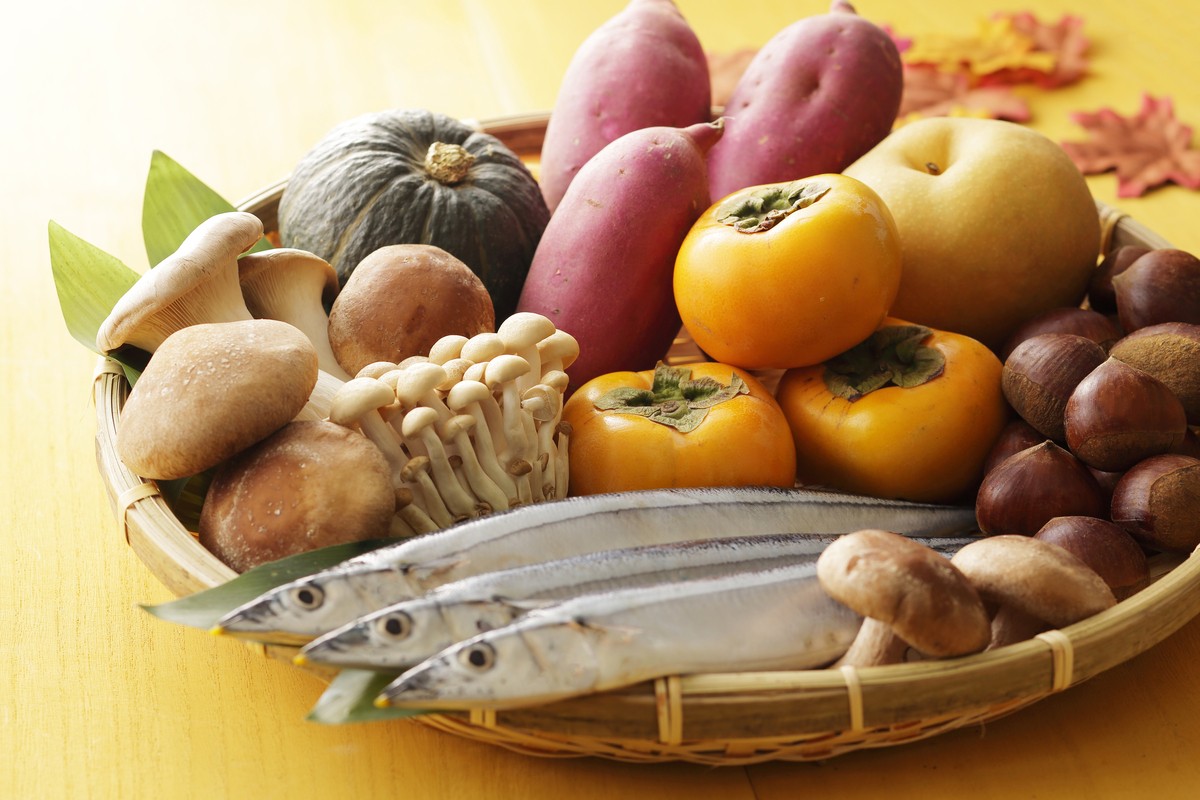
Unlike summer, when our appetite tends to decrease, autumn brings a cooler, more comfortable climate. Many foods, like fruits, mushrooms, and root vegetables, are also in season. These foods are not only delicious but also packed with nutrients, which naturally increase our appetite.
Moreover, as the days become shorter in autumn, the production of serotonin, a neurotransmitter that plays a role in emotional stability, decreases. This could explain why we crave carbohydrates and feel hungrier during this season.
3 Types of Seasonal Autumn Fish
Sanma (Pacific Saury)
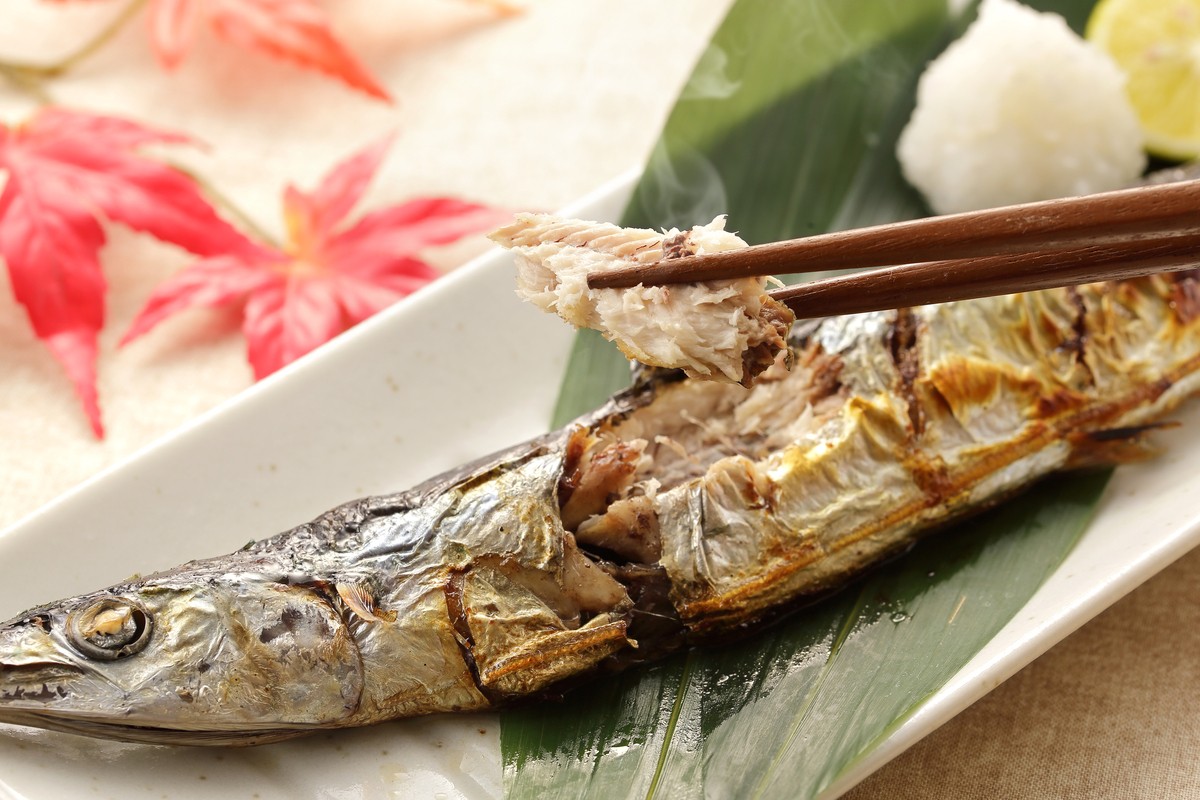
Sanma, a symbol of autumn flavors, reaches its peak season from September to October when it becomes fattier and tastier. As it migrates south, it gradually loses fat, and from October onwards, the fish becomes smaller and is often used for processed products.
The most common way to enjoy Sanma is grilled with salt. Simply sprinkling salt on a fresh Sanma and grilling it over charcoal or in an oven gives you crispy skin and juicy flesh. Serve it with grated daikon radish and sudachi (a citrus fruit) for an even better taste. Since Sanma doesn’t have a stomach, it has less bitterness in its innards, making the entire fish, including its gut, enjoyable to eat.
Salmon
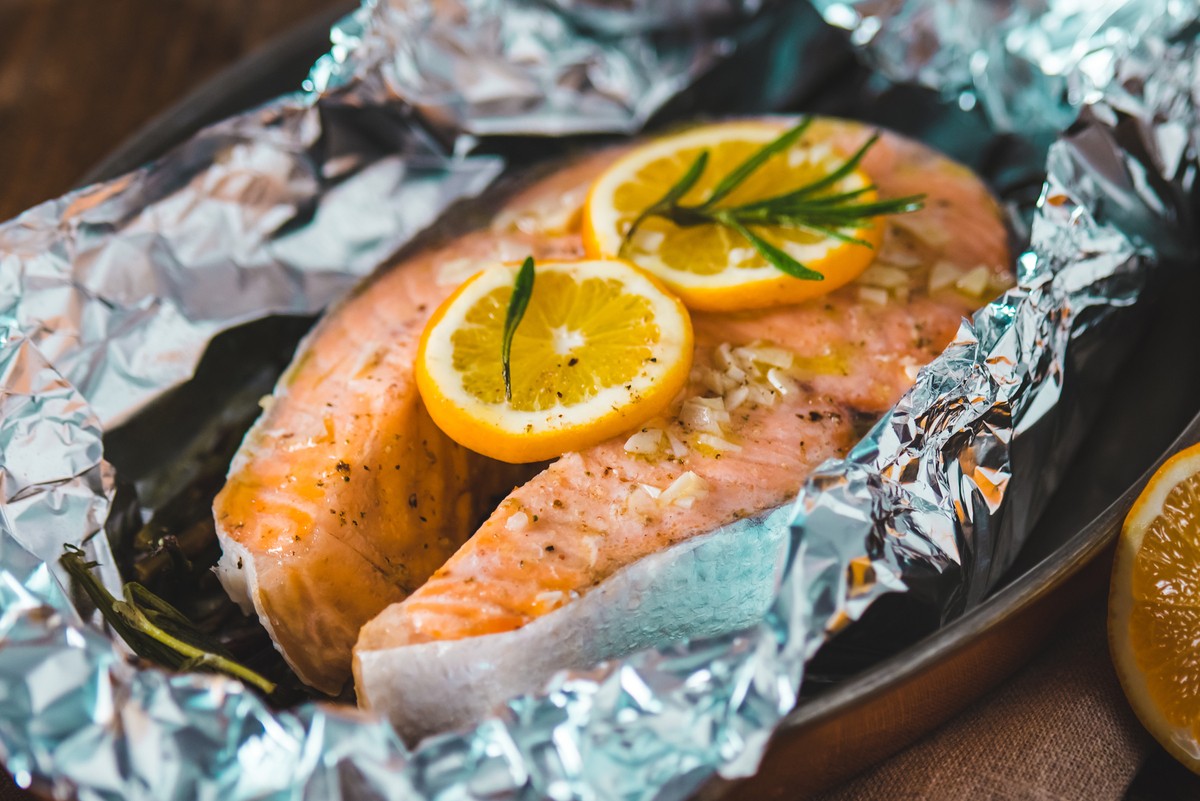
Although salmon is available year-round, its true season is from September to November. Since it’s a migratory fish, the timing of its peak season varies slightly by region. Salmon caught in autumn has less fat, with firm flesh and a light, delicate taste. On the other hand, "Tokishirazu" (salmon caught from spring to early summer) contains more fat and offers a richer flavor.
Salmon can be prepared in many ways, but one of the most popular and simple methods is to grill it with salt, allowing you to savor its natural taste. Hokkaido’s local dish, "chan-chan yaki," is also well-known, where salmon is steamed with vegetables and seasoned with miso. Besides the fish itself, the salmon roe (ikura) is also considered an autumn delicacy, often enjoyed marinated in soy sauce, offering a burst of flavor with its jewel-like appearance and unique texture.
Ochiayu (Female Ayu Fish with Roe)
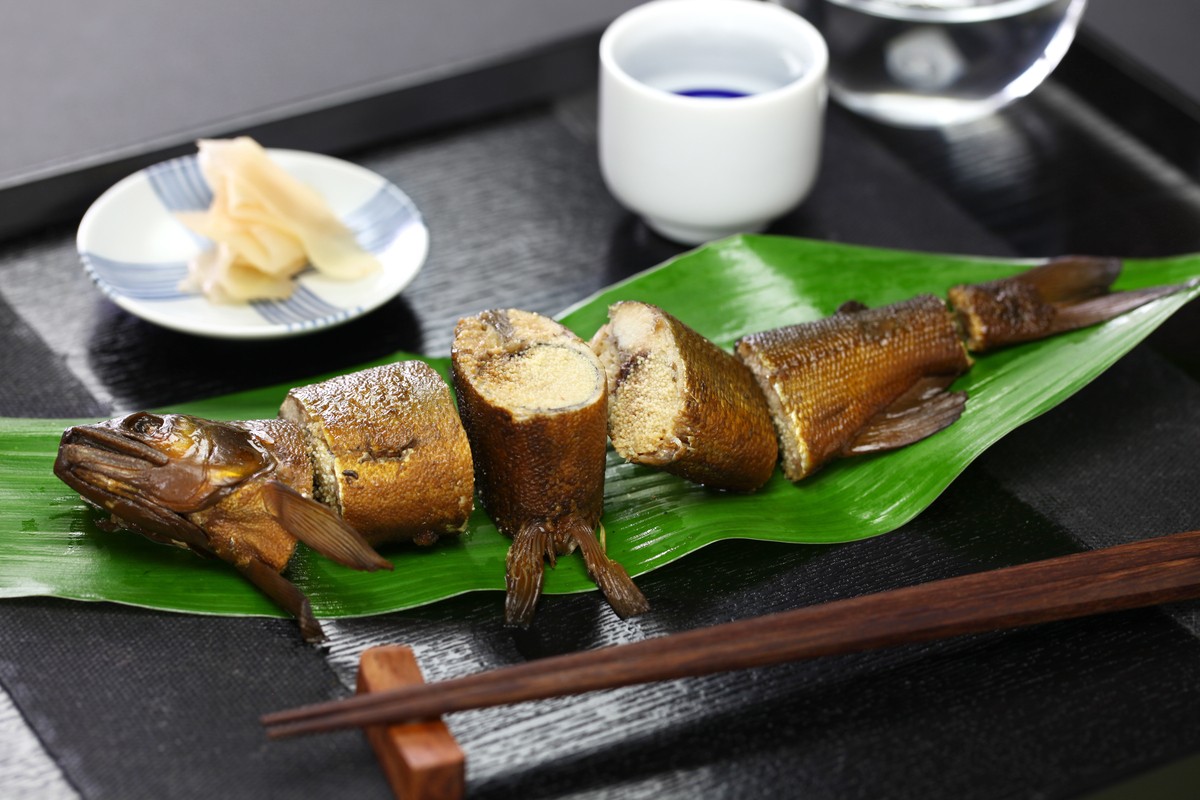
Ayu (sweetfish) is usually a summer delicacy, but in autumn, it migrates downstream to spawn, becoming "Ochiai" (female ayu with roe). Though leaner compared to their peak season counterparts, these autumn fish have a distinctive taste and are highly regarded by food enthusiasts.
The most traditional way to prepare Ayu is to grill it over charcoal, but for Ochiayu, it’s recommended to simmer the whole fish in soy sauce and sugar, known as "kanroni." Other unique delicacies include "nigoru-ka," a paste made from the salted innards, and "ko-uruka" or "shira-uruka," made from the female’s roe or the male’s milt, which are traditional treats appreciated by those in the know.
3 Seasonal Mushrooms and Vegetables of Autumn
Matsutake Mushroom
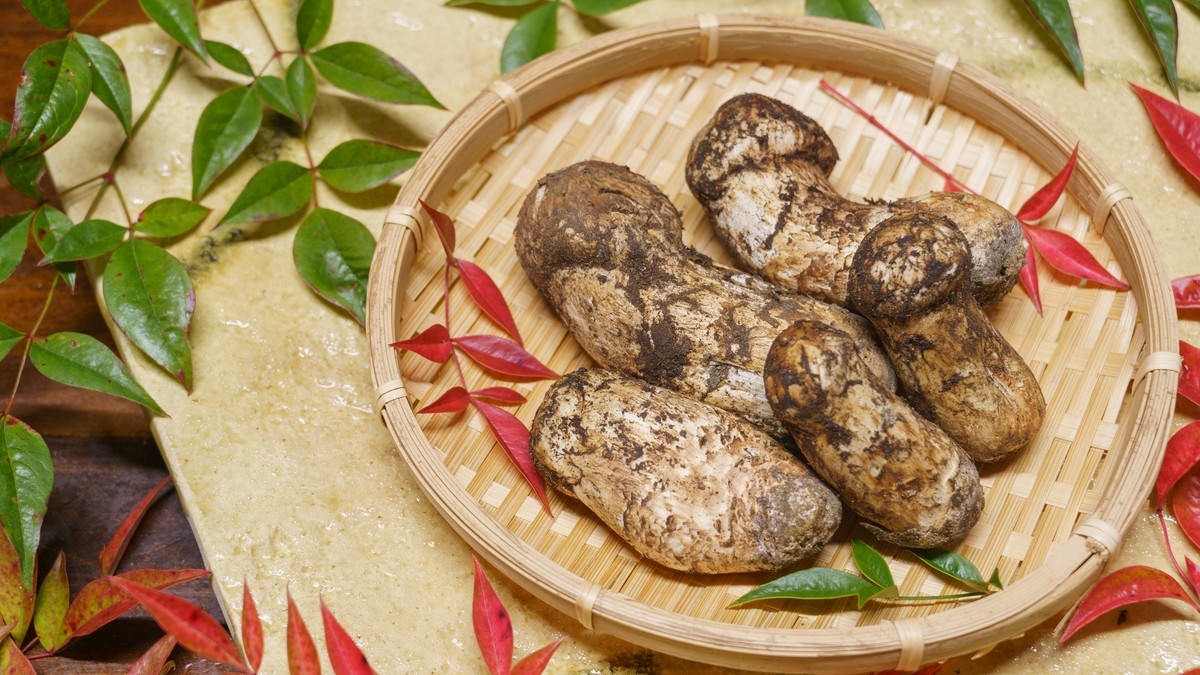
Matsutake mushrooms are a symbol of autumn's culinary delights and are considered a luxury ingredient in Japanese cuisine. These mushrooms grow in symbiosis with red pines, making them extremely rare and difficult to cultivate artificially. Due to their scarcity and distinctive aroma, they have long been regarded as the "king of mushrooms."
To enhance their natural aroma and texture, it's best to prepare matsutake mushrooms using simple methods. After lightly wiping off any dirt, cut the mushrooms into bite-sized pieces while the caps are open. Sprinkle some salt and grill them to bring out their natural umami. Matsutake cooked with rice creates a fragrant and flavorful dish. Another must-try is matsutake tempura, where the mushrooms are lightly battered and fried to a crispy perfection.
Pumpkin
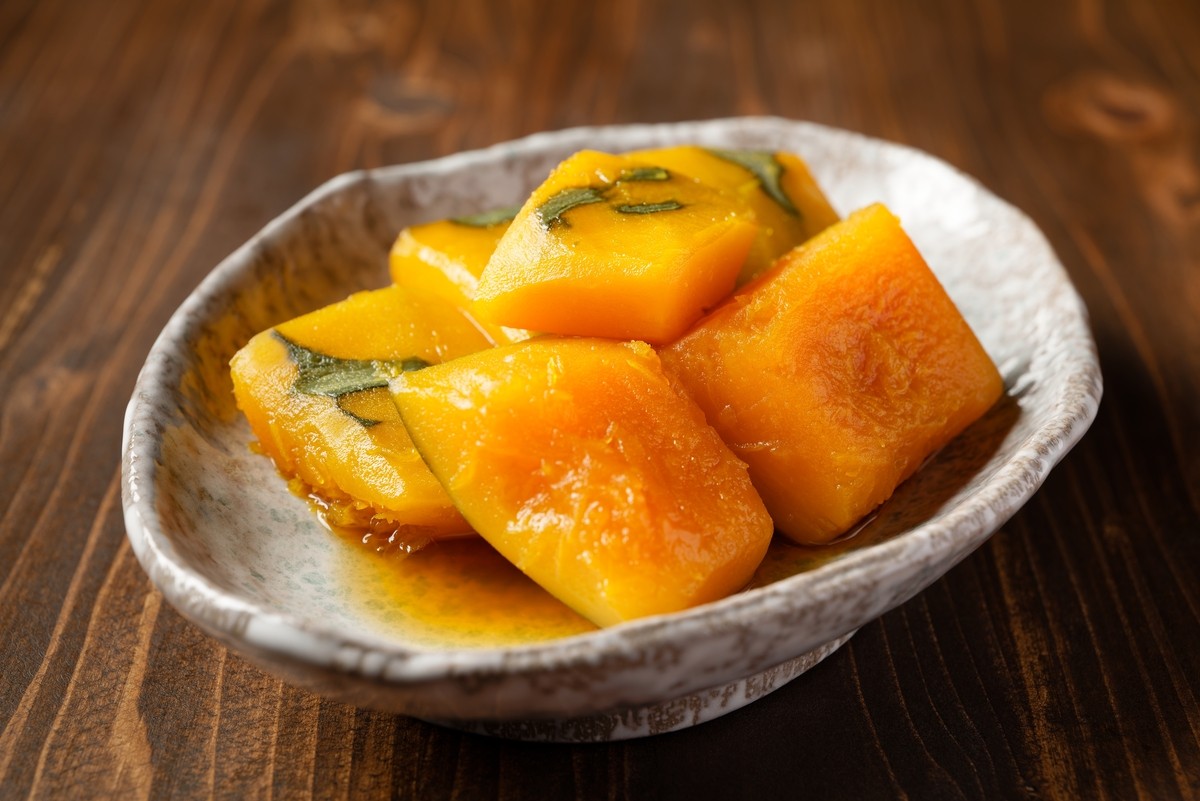
Though Pumpkin is harvested in summer, it reaches its peak sweetness in autumn due to starch converting into sugar after harvesting. This makes autumn the best time to enjoy this "summer vegetable."
There are three main types of kabocha, but the most commonly found variety in Japanese supermarkets is "seiyo kabocha" (Western pumpkin), known for its soft, sweet flesh and fluffy texture. "Nihon kabocha" (Japanese pumpkin) is less sweet but holds its shape better when cooked, making it perfect for simmered dishes or miso pickles. "Pepo kabocha" is less commonly eaten in Japan but is often used as decoration thanks to its various shapes and colors.
Sweet Potatoes
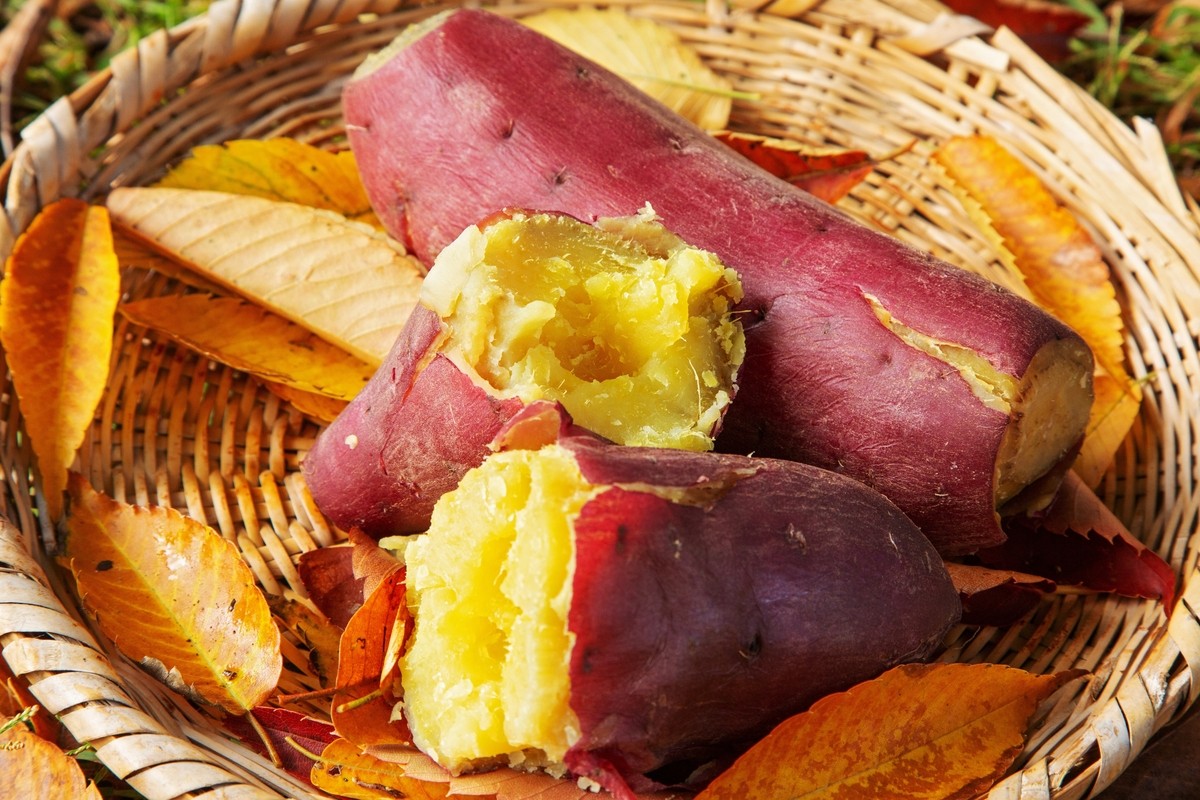
Sweet potatoes are synonymous with autumn and are harvested from fall to winter. After being stored at low temperatures, their sweetness intensifies, offering a rich, mellow flavor.
Popular varieties include "Kogane Sengan," "Beniharuka," "Naruto Kintoki," "Silk Sweet," and "Anno Imo," though Japan cultivates over 60 varieties of sweet potatoes, with new types being developed all the time.
Sweet potatoes generally come in three main textures: dry and flaky, moist and sticky, or somewhere in between. The dry, flaky varieties are great for tempura or simmered dishes and are easy to use in baked goods. The moist, sticky ones, with their stronger sweetness, are perfect for treats like dried sweet potatoes. The middle-ground varieties offer a balance of texture and sweetness, making them ideal for traditional Japanese sweets like "imo yokan" or "imo kintsuba."
3 Seasonal Fruits of Autumn
Pear
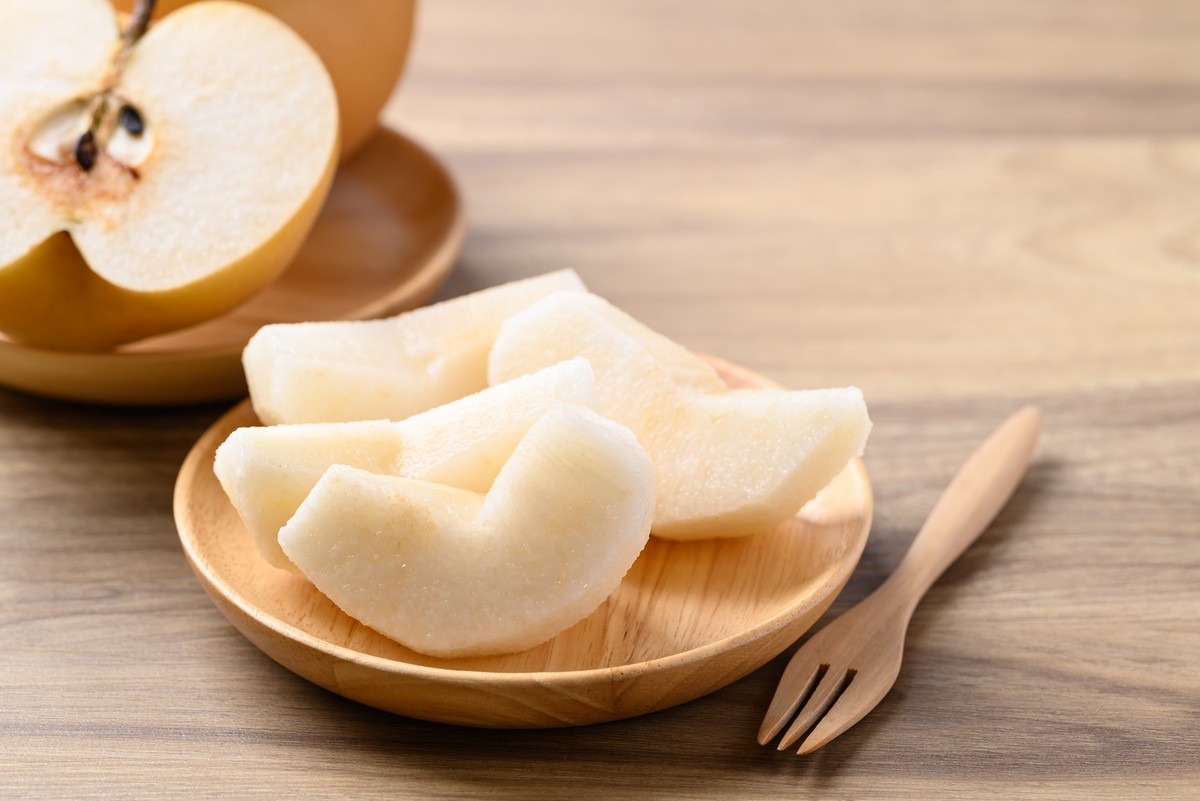
Nashi pears are in season from August to November, depending on the variety. When eaten at their peak, they are refreshingly sweet, juicy, and have a crisp, crunchy texture with a fruity aroma.
There are two main types of "nashi" in Japan: green and red varieties. Green nashi pears have a good balance of sweetness and acidity, offering a crunchy bite, while red nashi pears are sweeter with juicier flesh.
Pears can be enjoyed as-is, but they also work wonderfully in various dishes. Popular uses include diced nashi with baby greens and prosciutto drizzled with balsamic vinegar, thinly sliced nashi in chilled noodles, or nashi blended into barbecue sauce for extra flavor. Each preparation allows you to fully savor its unique taste.
Persimmon

Rich in nutrients, persimmons have been a beloved fruit in Japan for centuries, with the saying "When persimmons turn red, doctors turn pale" highlighting their health benefits. They are in season from September to December, with the peak harvest in October. "Ama-gaki" (sweet persimmons) are ready to eat right away, while "Shibu-gaki" (astringent persimmons) require de-astringency treatment.
Depending on your preference, persimmons can be enjoyed at varying levels of ripeness. If a persimmon is too firm, baking it in the oven for 10 to 15 minutes will soften it and enhance its flavor. Adding a small slice of butter before baking will add a luxurious touch, transforming the persimmon into a delightful dessert.
Overripe persimmons can be frozen to make a sorbet or simmered into a jam, so don't let them go to waste!
Apples

Though available year-round in Japan, apples are truly at their best during the cooler months from autumn to winter. Japan cultivates around 2,000 apple varieties, with "Fuji," "Tok," "Orin," and "Shinano Gold" among the most famous. These varieties are so popular that they are even sought after internationally.
While apples are delicious raw, they are also a favorite for making sweets. Classic options like apple jam or baked apples can be elevated into elegant desserts like tarte Tatin or gâteau invisible.
For a savory twist, grated apples are often used as a secret ingredient in curry to add natural sweetness and mild acidity, enhancing the dish's depth of flavor.
Enjoy Autumn's Delicacies While Admiring the Autumn Foliage
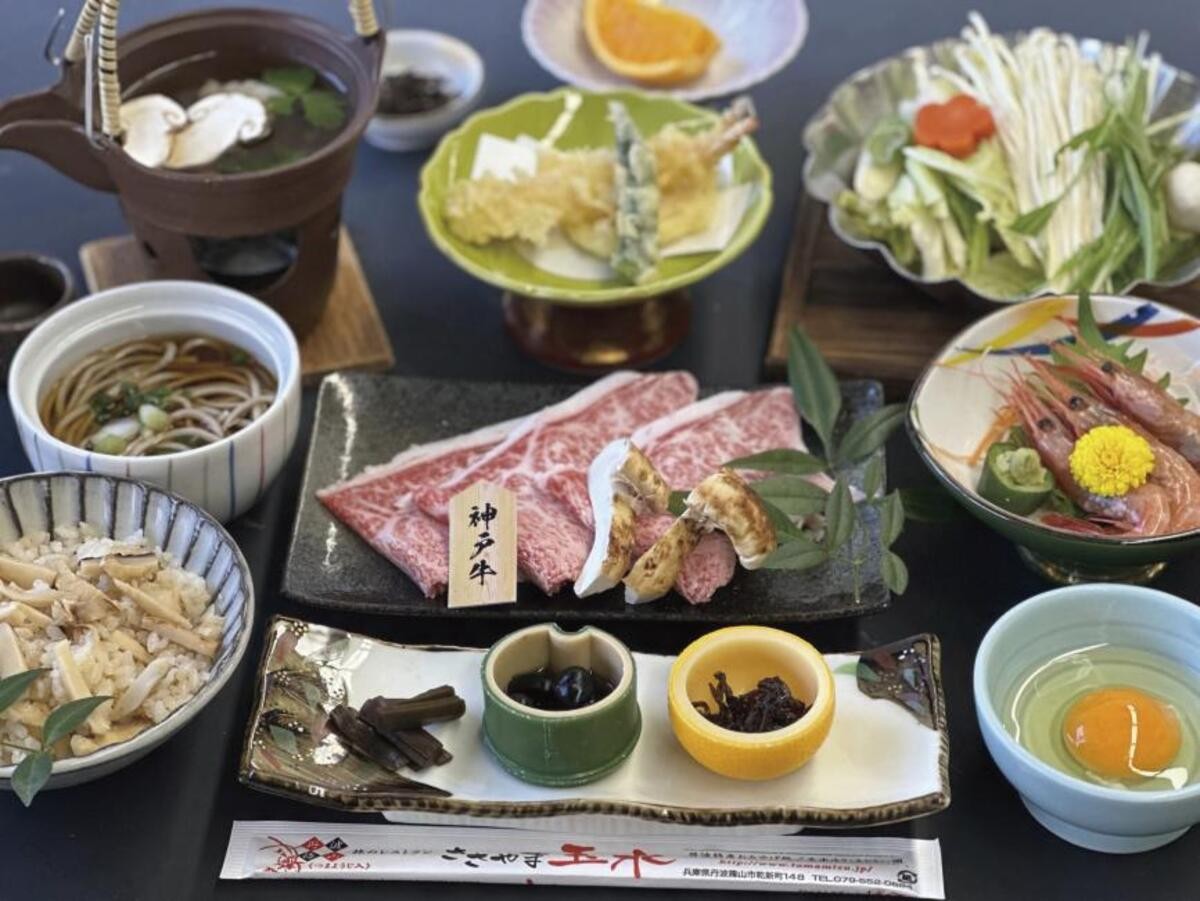
Autumn is not just a season for delicious food, but also a time to enjoy the stunning fall foliage. Consider these travel plans to experience both the flavors and sights of autumn, creating lasting memories!
👉 Indulge in the taste of autumn in Nagano on a one-day bus tour from Nagoya
Index
- Exclusive for KKday x FUN! JAPAN users, Japan tour product coupon codes now available!!
- Why Is Autumn Known as the Season of Appetite? Why Do We Feel Hungrier?
- 3 Types of Seasonal Autumn Fish
- 3 Seasonal Mushrooms and Vegetables of Autumn
- 3 Seasonal Fruits of Autumn
- Enjoy Autumn's Delicacies While Admiring the Autumn Foliage

